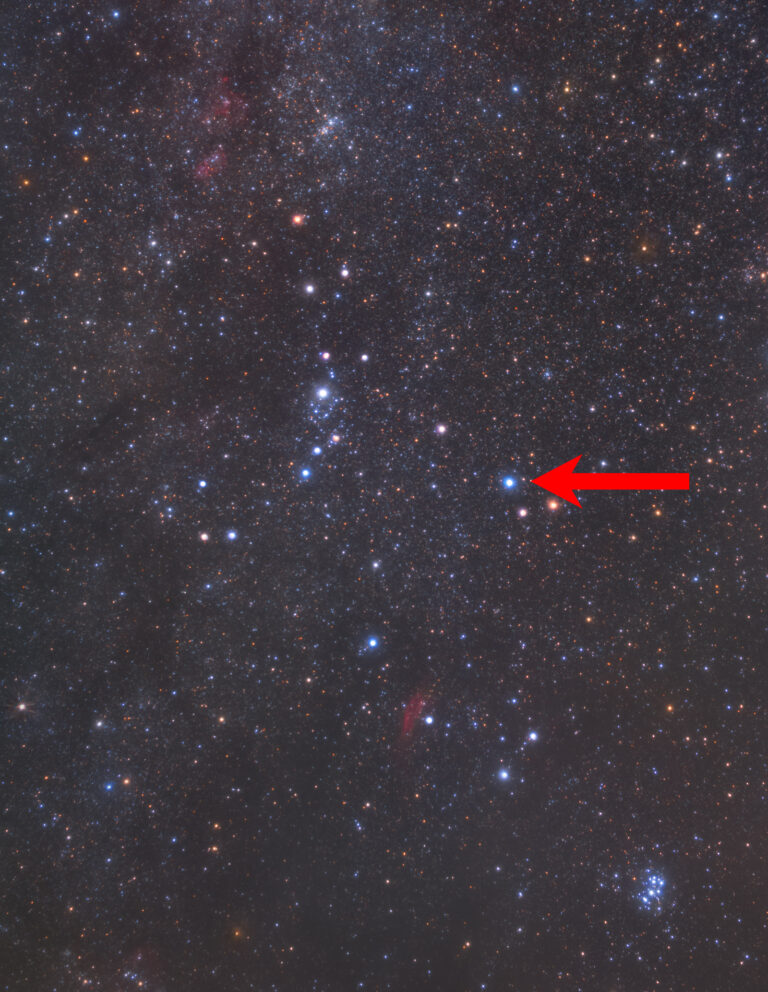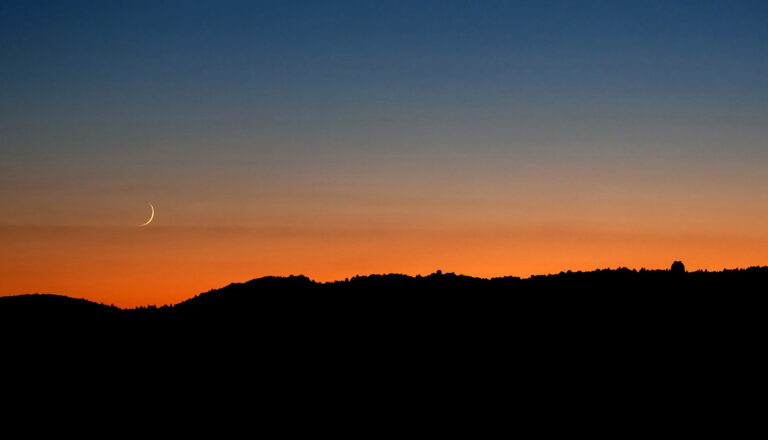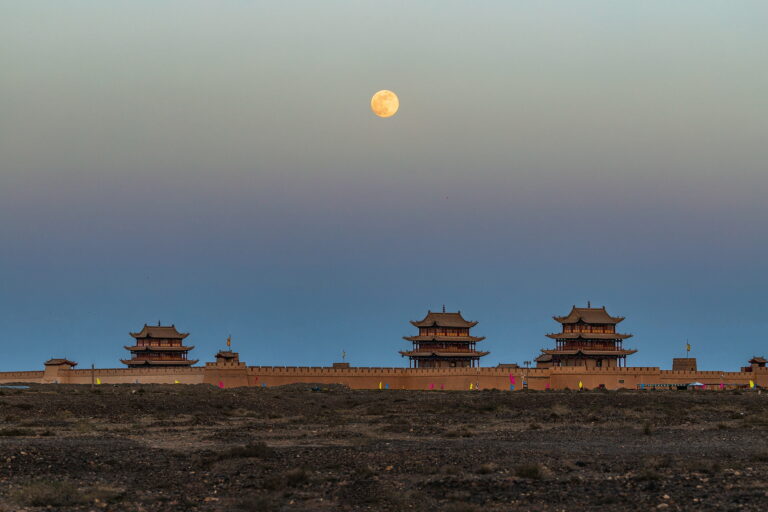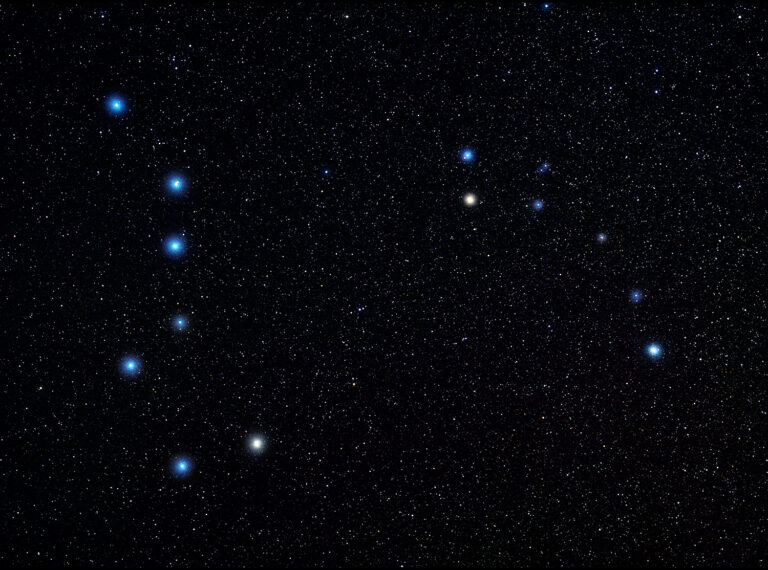Key Takeaways:
As the harshness of the season slowly begins to give way to the promise of spring, let’s enjoy a few wintry targets that pass by year after year with little notice.
The stars Betelgeuse (Alpha [α] Orionis), Sirius (Alpha Canis Majoris), and Procyon (Alpha Canis Minoris) form the equilateral Winter Triangle. This triangle frames a void that is nearly starless apart from a few dim points only visible from darker surroundings. Yet inside the triangle is a treasure trove of open star clusters ripe for binocular viewing.
Through your binoculars, extend a line from the Hunter’s belt stars, as if you are going toward Sirius. About halfway along and a tad to the north, you will see two 4th-magnitude stars. The star closer to the belt is Gamma (γ) Monocerotis, while the star closer to Sirius is Beta (β) Monocerotis. Note that Beta is a striking triple star through telescopes, but resolving them takes more magnification than most binoculars offer.
Beta is, however, a great reference star for our first binocular target, open cluster NGC 2232. You’ll find it just 2° to the star’s north. The cluster’s brightest star is 10 Monocerotis, a blue-white 5th-magnitude orb offset to the northwest of center. Half a dozen 8th- and 9th-magnitude cluster stars trickle southward from it in two streams. You will also notice some stars northwest of 10 Monocerotis forming a curved wedge, with 7th-magnitude 9 Monocerotis at its northern end. The overall appearance led Leland Copeland, one of the mid-20th century’s most prolific deep-sky observers and authors, to nickname the cluster the Double Wedge.
Move back to Beta and glance about half a field southeast for a triangle of 5th-magnitude stars. The corner closest to Beta is marked by the orange star HD 48217. Just to its west is a small wedge of a half-dozen faint stars measuring just 7′ across pointing north. You won’t find this group plotted on star atlases because it is not a genuine deep-sky object. Instead, it’s one of the sky’s many asterisms, or unrecognized constellations — which are, after all, ultimately just line-of-sight patterns created by unrelated stars. I first stumbled upon this little configuration more than 30 years ago as I was researching my book Touring the Universe Through Binoculars. In the book, I referred to it as the Unicorn’s Horn for its pointy shape. Although the stars are relatively faint, the horn is surprisingly easy to recognize because there are few background stars to muddle the view. I can just make out the horn as a misty patch through my 10×50 binoculars from my suburban backyard, while all six stars are clear through my 16x70s.
Bidding Beta farewell, head about 13° (or two binocular fields) northeast to 4th-magnitude Delta (δ) Monocerotis. A mere 13.5′ to the northwest, Delta is joined by 5th-magnitude 21 Monocerotis to create a nice line-of-sight double star for low-power binoculars.
If you shift the Delta/21 Monocerotis duet toward the eastern edge of the field, open cluster NGC 2301 will just squeeze inside the western edge. NGC 2301 is a delightful collection of 80 stars located about 2,500 light-years away. The first thing you’ll notice about the cluster is a row of half a dozen faint stars set in a meandering line running north to south. Look carefully at about midspan along the line and you should also detect a hazy triangular mist of stars too faint to resolve through most binoculars. Giant binoculars may resolve some into unusual chains of stars threaded across the line. Different observers see various patterns among those stars. Copeland saw the wavy line of stars as a “golden worm,” while Astronomy contributing editor Stephen O’Meara once christened it Hagrid’s Dragon after Harry Potter’s Rubeus Hagrid. To my eyes, the cluster’s shape is reminiscent of a bird in flight. The two wings are represented by the string of stars extending to either side of the three-sided body. Due to this appearance, I like to refer to this as the Great Bird of the Galaxy Cluster. Look for yourself and use your imagination. Then drop me a line through my website, philharrington.net, and tell me about it.
Until next month, remember that two eyes are better than one.










